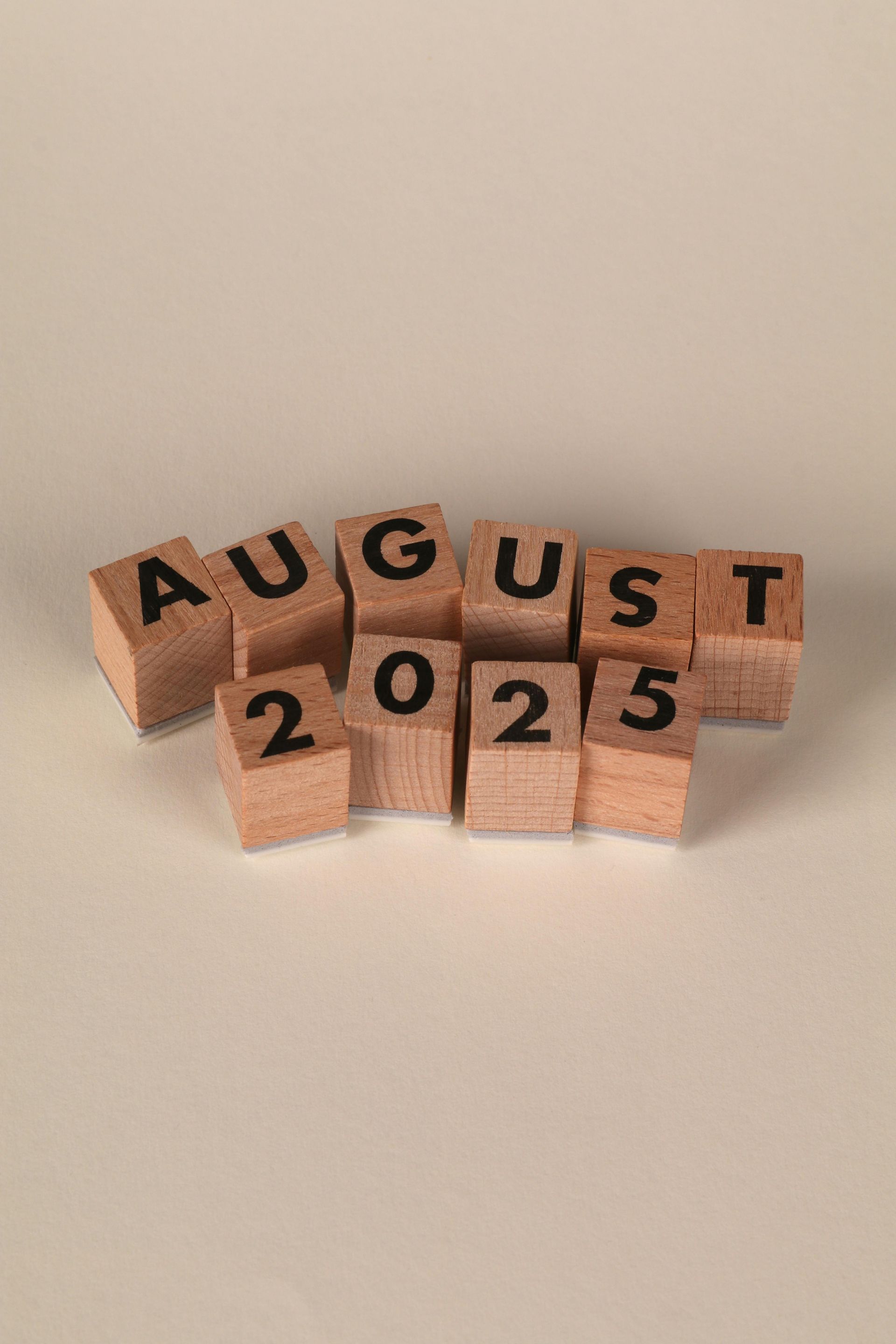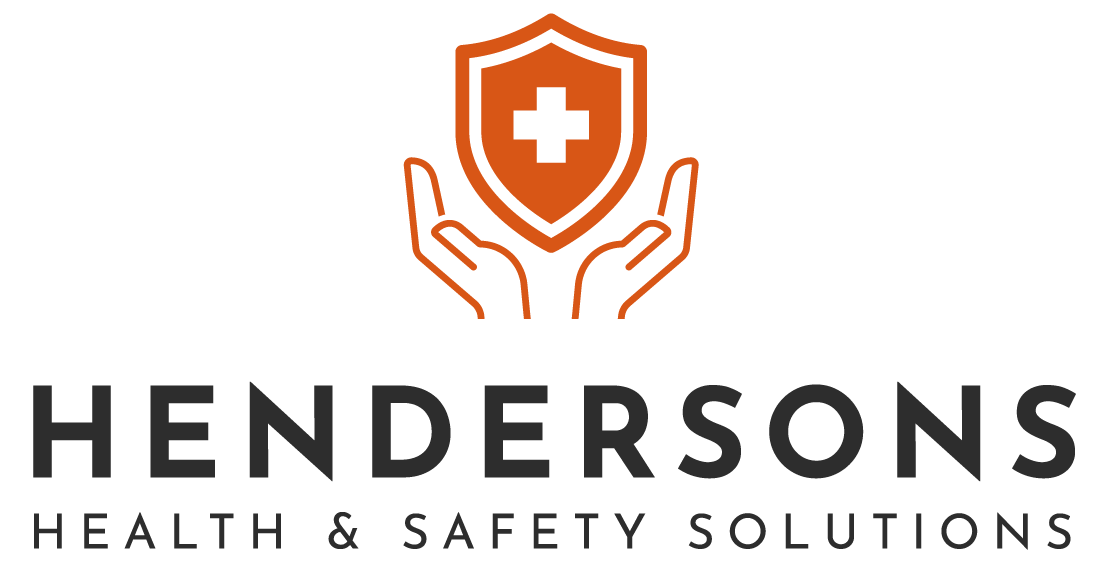“You Do You, I’ll Do Me” Why Collaboration, Not Competition, Builds Better Safety Culture
A Warm Welsh Welcome
This week we had a great steak dinner with a fellow H&S consultant from across the bridge. It was the first time we’d met in person after some online catch-ups and completing a few relatively low-level task-and-finish projects together.
Ever keen to show off Cardiff and create a warm Welsh welcome, Asador 44, nestled in the shadow of the Principality Stadium, home to thousands of hours of personal event and risk work and CPD was the obvious choice for our dinner.
The Illusion of Safety
In many growing businesses, especially in events, construction, and service industries, safety can become a kind of theatre. Everything looks calm. Staff are busy. The site is tidy. There’s a health and safety policy in the drawer and a risk assessment on file. So, what’s the problem?
The problem is that visual order is not the same as operational safety. And the presence of documentation doesn’t mean it’s being used, understood, or even relevant anymore. This is the illusion of safety - a comforting façade that convinces people they’re covered, when in reality, they’re exposed.
It’s easy to fall into this trap. Early on, businesses often do the right thing: they write a policy, complete a few risk assessments, maybe even bring in a consultant. But as the business grows, the complexity increases - more people, more moving parts, more risk. And yet, the safety documentation stays the same. It’s not updated, not scaled, not embedded into the culture. It becomes a relic of a simpler time.
This illusion is dangerous because it breeds complacency. Leaders assume that because nothing has gone wrong, everything must be fine. But safety isn’t about what hasn’t happened—it’s about what could. And when someone finally asks to see the evidence—whether it’s a regulator, a client, or a lawyer after an incident—the illusion shatters.
The truth is, health and safety is not a static achievement. It’s a living system that must evolve with the business. It needs to be reviewed, challenged, and improved regularly. It needs to be owned—not just by the safety lead, but by every manager and decision-maker who influences operations.
And yet, many businesses still operate under the assumption that having a policy is the same as having a system. That a risk assessment written three years ago still applies. That the absence of incidents is proof of safety. It’s not. It’s just luck. And luck runs out.
The illusion of safety is comforting, but it’s also fragile. It’s the frog in the pot, everything feels fine until the heat is turned up. And by the time you realise, it’s too late.
Growth Without Governance
Growth is exciting. It’s the goal. More clients, bigger contracts, larger teams, higher turnover. But with growth comes complexity and complexity demands governance. Unfortunately, in many businesses, health and safety governance doesn’t scale with the rest of the operation. It’s left behind, like an old coat that no longer fits but still hangs in the cupboard “just in case.”
This is where the cracks begin to show. The business that once had a single site now has five. The team that once had ten staff now has fifty. The operations that were once straightforward now involve subcontractors, logistics, public interaction, and regulatory oversight. And yet, the health and safety documentation the policies, procedures, risk assessments, all remain unchanged. They’re not reviewed, not adapted, not stress-tested against the new reality.
It’s not that people don’t care. It’s that they’re busy. Growth brings pressure, and health and safety often gets pushed down the priority list. There’s a belief that “we’ve got something in place,” and that’s enough. But it’s not. Because what worked for a small team in a single location won’t work for a multi-site operation with layered responsibilities and increased exposure.
This is where governance matters. Not just having documents, but having systems. Systems that define who is responsible, how decisions are made, how risks are identified and controlled, and how accountability is tracked. Without governance, health and safety becomes reactive only addressed when something goes wrong, or when someone asks awkward questions.
And those questions will come. From clients, from insurers, from regulators, from lawyers. They’ll want to know: who signed off on this? Where’s the risk assessment? What training was provided? What controls were in place? And if the answer is “we’ve always done it this way,” or “we didn’t think we needed to update it,” the consequences can be severe.
Growth without governance is like building a house without foundations. It might look impressive, but it won’t stand up to scrutiny. And in health and safety, scrutiny is inevitable. The bigger you get, the more visible you become and the more accountable you are.
Businesses must recognise that health and safety isn’t a one-time setup. It’s a living framework that must evolve with the organisation. Because when the spotlight turns on, it’s not enough to say you cared. You have to show you were in control.
Accountability Is Personal
One of the most misunderstood aspects of health and safety governance is where accountability actually sits. Many senior leaders assume that responsibility lies somewhere else, perhaps with the site manager, the safety officer, or the contractor. But when something goes wrong, the question isn’t just “what happened?” - it’s “who allowed this to happen?” And that trail often leads straight to the top.
Accountability in health and safety isn’t abstract. It’s not a vague organisational principle. It’s personal. It’s about decisions made, risks accepted, and systems either implemented or ignored. And when the consequences are serious injury, fatality, prosecution, reputational damage - the law doesn’t care how busy you were, how good your intentions were, or how long ago the policy was written. It cares about what you did to prevent harm.
This is where many businesses find themselves exposed. They’ve grown, they’ve succeeded, they’ve built a name for themselves but they haven’t built the governance to match. And when someone asks to see the evidence of control, it’s not there. No updated risk assessments. No training records. No audit trail. Just a vague sense that “we’ve always been safe.”
But safety isn’t a feeling. It’s a system. And if you’re in a senior position—director, owner, principal contractor, you are personally accountable for ensuring that system exists, works, and is proportionate to the risks your business creates. That’s not just best practice. It’s law.
The Health and Safety at Work Act 1974, the Management of Health and Safety at Work Regulations, and countless pieces of case law make it clear: ignorance is not a defence. Delegation is not a shield. If you’re in control of the business, you’re in control of the risk. And if you’re in control of the risk, you’re accountable for how it’s managed.
This is why root cause analysis matters. Not just fixing the wire someone tripped over, but asking: why was it there? Who signed off the layout? What system failed to identify the hazard? Because that’s where accountability lives—in the decisions that shape the environment, not just the incidents that occur within it.
Health and safety isn’t just about avoiding slips and trips. It’s about understanding how close the consequences of failure are to your desk. And if you’re senior enough to influence operations, you’re senior enough to be held responsible when they go wrong.
Competence Over Compliance
There’s a persistent myth in health and safety: that compliance equals safety. Tick the boxes, fill out the forms, display the poster, and you’re covered. But anyone who’s spent time in high-risk environments knows that compliance is only the starting point - not the destination.
True safety comes from competence. From people who understand not just what to do, but why it matters. From leaders who can interpret risk, adapt controls, and make decisions under pressure. From teams who know how to respond when things go wrong and not just follow a checklist when things go right.
This is why the presence of ex-emergency services and armed forces professionals in the health and safety industry is so significant. These are individuals who’ve operated in environments where failure isn’t theoretical it’s fatal. They’ve learned to assess risk dynamically, communicate clearly under stress, and take ownership of outcomes. And when they train others, they do so with that weight behind every word.
Competence is about capability, not just credentials. It’s about being able to apply knowledge in real-world scenarios, not just pass a course. And yet, many organisations still prioritise compliance over competence. They hire based on certificates, not experience. They build systems that look good on paper but fall apart under scrutiny. They assume that because someone has “done the training,” they’re ready to lead.
But health and safety isn’t a paper exercise. It’s a lived reality. And when things go wrong, it’s not the policy that saves you, it’s the people. The ones who know how to act, how to think, and how to lead. The ones who’ve been there before and know what’s at stake.
At Hendersons Health & Safety Solutions, we talk a lot about competence. Possibly too much. But that’s because we’ve seen what happens when it’s missing. We’ve investigated incidents where the paperwork was perfect, but the decisions were flawed. We’ve supported clients who thought they were covered, only to discover they weren’t. And we’ve helped rebuild systems that prioritise real capability over superficial compliance.
Competence isn’t a buzzword. It’s the foundation of safety. And if you’re serious about protecting people, reputations, and futures, it’s time to look beyond the tick boxes and start investing in the people who know what they’re doing.
Closing Thoughts: Time for a Triage
If any of this feels uncomfortably familiar—don’t panic. You’re not alone. Many businesses, especially those that have grown quickly or evolved organically, find themselves in this exact position: successful, respected, and quietly vulnerable.
The good news? You don’t need to start from scratch. You just need to start asking the right questions.
At Hendersons Health & Safety Solutions, we specialise in helping businesses triage their current position. We don’t just look at your paperwork, we look at your operations, your culture, your leadership, and your exposure. We help you understand where the gaps are, what’s outdated, what’s missing, and what’s putting you at risk.
This isn’t about fear, it’s about foresight. It’s about recognising that health and safety isn’t just a legal obligation; it’s a strategic asset. When done properly, it protects people, strengthens reputation, and builds resilience. When neglected, it quietly erodes everything you’ve worked for.
So if you’re unsure whether your systems have kept pace with your growth, or if you suspect your documentation might not stand up to scrutiny, let us take a look. A simple gap analysis could be the difference between proactive leadership and reactive damage control.
Because in health and safety, the question isn’t whether something will go wrong it’s whether you’ll be ready when it does.





